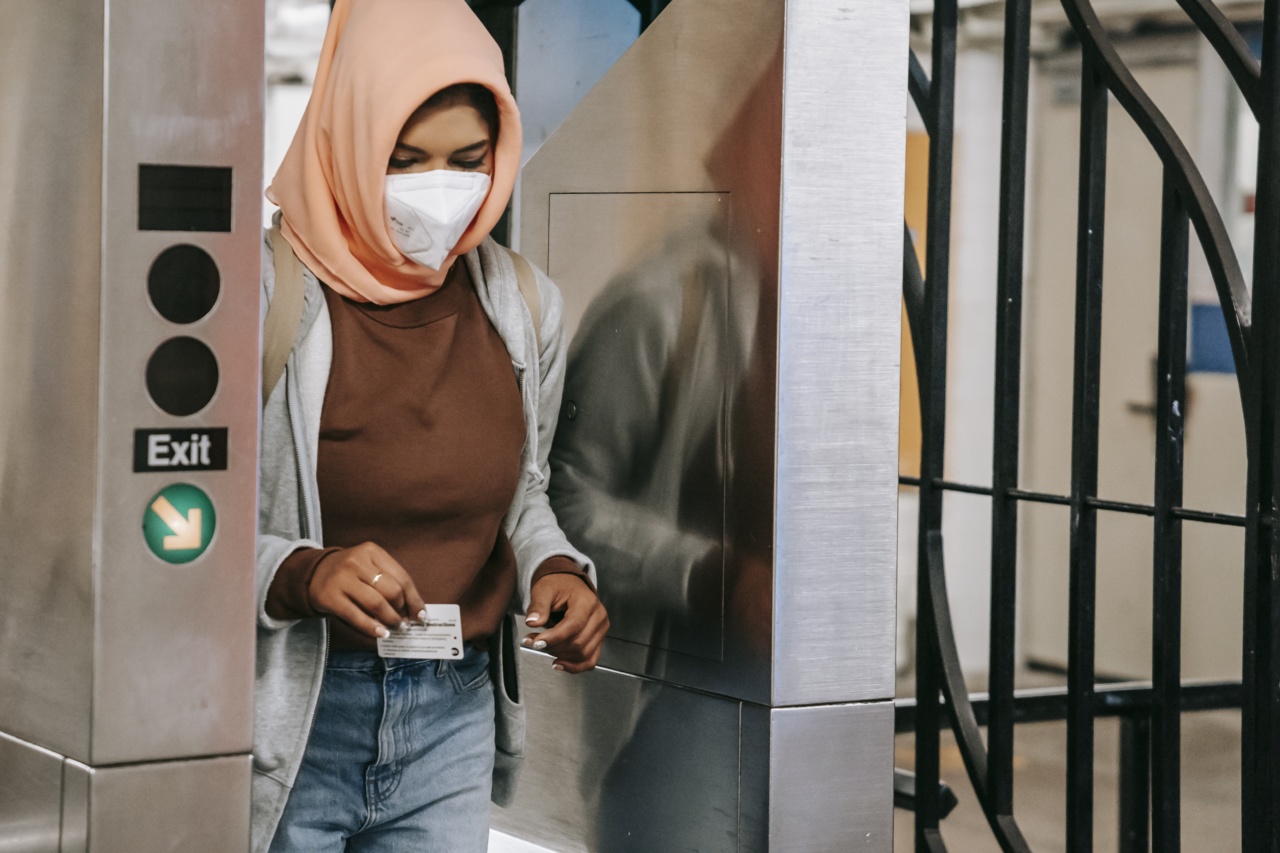Introduction:.
Reaching the milestone of getting the first period is a significant event in a girl’s life.
However, along with the physical and emotional changes that come with menstruation, there are also certain risks that need to be acknowledged and addressed. In this article, we will uncover and explore the seven risks linked to reaching the age of first period.
1. Emotional and Psychological Challenges
When young girls experience their first period, it is often accompanied by a wave of emotions and psychological challenges. The hormonal changes during this time can cause mood swings, irritability, and heightened sensitivity.
Girls may also feel overwhelmed with the new responsibilities and physical changes, leading to potential anxiety or depression. It is crucial to provide support and understanding during this period of adjustment.
2. Lack of Knowledge and Education
Many girls may not receive adequate education or information about menstruation before their first period. This lack of knowledge can lead to confusion, fear, or embarrassment.
It is essential to ensure that girls are well-informed about menstruation, its purpose, and how to manage it effectively. Educating them about menstrual hygiene, proper product usage, and understanding normal menstrual patterns is vital for their overall well-being.
3. Social Stigma and Shame
In certain cultures or communities, menstruation is still surrounded by stigma and shame. Girls may feel embarrassed or ashamed about their periods, leading to a negative self-perception and a reluctance to seek help or discuss their concerns openly.
Addressing societal norms and promoting open conversations about menstruation can help create a supportive environment for young girls.
4. Irregular Menstrual Cycles
During the initial years after the first period, it is common for girls to experience irregular menstrual cycles. This can include variations in the duration, flow, and timing of the periods.
Irregular cycles can be emotionally distressing and also indicate underlying health issues such as hormonal imbalances, polycystic ovary syndrome (PCOS), or other reproductive disorders. Consulting a healthcare professional can help identify the cause and provide appropriate guidance.
5. Painful Menstrual Cramps
Another risk associated with reaching the first period age is the occurrence of painful menstrual cramps. Many girls experience menstrual cramps that range from mild to severe, interfering with their daily activities and overall well-being.
Encouraging girls to adopt strategies like exercise, heat therapy, and pain relief medications can help alleviate the discomfort associated with cramps.
6. Risk of Infections
It is important to educate girls about the increased risk of infections during menstruation. Using unclean sanitary products or poor hygiene practices can lead to infections like urinary tract infections (UTIs) or bacterial vaginosis.
Emphasizing the importance of using clean sanitary products, changing them regularly, and maintaining proper hygiene can significantly reduce the risk of infections.
7. Nutritional Deficiencies
Reaching the first period age coincides with a period of rapid growth and development. During this time, girls may be at risk of nutritional deficiencies, particularly iron deficiency, due to the loss of blood during menstruation.
Iron plays a crucial role in the production of red blood cells and overall energy levels. A balanced diet rich in iron and other essential nutrients can help prevent deficiencies and support optimal health.
Conclusion:.
While the first period is a significant milestone in a girl’s life, it is essential to recognize and address the potential risks and challenges associated with it.
By providing adequate education, support, and open communication, we can empower young girls to navigate this transition confidently and maintain their overall well-being.






























